‘Raising Bilingual Children’ Workshop by Marsha Rosenberg
Key Strategies For Helping Your Child Learn Two Or More Languages
This is a summary of the online workshop presented for TELL’s Exceptional Parenting Program in May, in which Rosenberg explained how to make bilingual language development work.
After spending decades as a speech and language pathologist in international schools in Tokyo, Marsha Rosenberg now specializes in teaching literacy to native English speaking children attending Japanese schools.
The following is some of her advice on how to help your child achieve bilingualism.
Develop a language plan
The first step in raising a bilingual child is to develop a plan for how to foster learning in each of your child’s languages. Things to consider include what level of bilingualism you are aiming for—just for conversation skills, or for reading and writing, too. Your plans for your child’s education will play a factor in that decision because the child’s academic language will require significant reading and writing skills.
You also need to work out where your children will get opportunities to use each language. There are three key areas:
- The language that is used at home
- The language of the country
- The language your children will use at school
For a child to develop in any language—not just Japanese—they need 30% of their total language exposure to occur in that language.
Children’s progress will differ in each language. They may be stronger in one language at one time, then stronger in the other sometime later. That is why language plans need to be regularly revisited and adjusted by adding support activities for a specific language when its development lags.
Things to be aware of
For parents with children in the Japanese school system, one big thing to be aware of in fostering bilingualism is that—despite the tendency of some Japanese teachers and doctors to say the opposite—learning two languages does not delay language development. Therefore, there is no need for a child to stop using a second language in an attempt to make up for a delay in the learning of the other one.
One basic theory of bilingualism, Rosenberg explains, is that both languages are supported by a common, underlying proficiency. Skills learned in one language transfer to the other, such as the concept of how to read, for example. A child will gain the conceptual understanding of the relationship of “up” versus “down” in one language, and then just needs the vocabulary for that in order to apply it in other languages. To give your kids that vocab in their home language, Rosenberg advises talking with them at home about what they are studying at school.
…despite the tendency of some Japanese teachers and doctors to say the opposite—learning two languages does not delay language development.
What you want to avoid, Rosenberg says, is creating a semi-lingual. That’s a person so limited in both languages that their communication and cognitive development are severely restricted, causing them difficulty in academic learning. So in your journey together toward bilingualism, keep an eye on your child’s cognitive learning skills to ensure they are developing normally.
Education and language skills
While it takes just a year or two to obtain everyday conversation skills, it takes between five to seven years to develop the ability to learn subject matter in a language. Therefore, a child can sound fluent, but not have academic language skills.
“When we are thinking about a child maybe entering pre-school in their second language at age 3, we’re hoping that by the time they are in about third grade they are going to be pretty much ready for the academic language that will be happening in the classroom in their second language,” Rosenberg explains. If the child later enters international school in their first language, their ability to do school work in that language will take some more time.
Even a professional like Rosenberg had trouble teaching her own child to read and write: “I tried with my older daughter and I could not. I was too emotionally involved.” She got a tutor for her daughter, instead. Rosenberg recommends outsourcing language-teaching roles because it helps maintain one of her overriding rules of helping children learn language—don’t stress out.
Japanese school vs international school
All of Rosenberg’s three children went to a local Japanese kindergarten. She recommends Japanese early childhood education as being some of the best in the world. It is play-based, warm, fun and “truly one of the best experiences in my educational career,” she says.
Although all of her children shifted into international school (and then went to college in the U.S.), they all made the change at different times. Since her elder daughter enjoyed the Japanese school she was at and was learning well there, she switched later than her younger daughter, who felt uncomfortable sometimes at a school in which she was the only foreign student, other than her siblings.
“When we think about bilingualism, every family is unique, and all children are unique.” Rosenberg says. If a family is planning to switch from a Japanese school to an international one, personally, she recommends doing so no later than fourth grade. After that, the teaching style at international schools becomes even more child directed and independent, which can make the transition difficult. “They can do it anytime, but socially and emotionally it is easier to do it around fourth grade than to wait until later.”
How to achieve 30% usage
One of the simplest ways to ensure sufficient usage of each language is to use one at home and the other outside the home. Another technique is to have the child speak one language with one parent and the other with the other parent. Rosenberg says that one family she knows has had success in setting language use according to the days of the week, as in speaking English Monday to Thursday, and Japanese the other days.
If your child does not respond in the language that you speak to them in, model the vocabulary, or sentence, in the language you want your child to use. For example, if the child says the Japanese “aka,” you say “red. It’s red.” It can be very frustrating, but don’t give up, Rosenberg advises. “They are at least hearing it and they are getting the input and the comprehension.”
Boosting the quality of language skills
Developing language competency is not only about quantity. Quality is also very important. The level of difficulty in the language needs to be just above the child’s current ability. If it is too advanced, it will just sound like noise.
Rosenberg advises parents to:
- Arrange fun activities that will motivate a child to use the language of those activities and immerse them in it: playing with friends, joining a playgroup, a summer camp, a sports team, a hobby group.
- Create complex, ongoing dialogue by involving children in household discussions and asking their opinions. Read to your child A LOT, and discuss what has been read.
- Encourage more complex language from your child by using open questions rather than yes-or-no ones. So, instead of asking “Do you want juice?” ask “What would you like to drink?”
- Expand your child’s communication. For example, if a small child says “Out,” you say, “Yes. Let’s go out to the park” or “Let’s put on our shoes and go out.”
How to seek help
Indications that a child may be having trouble with language learning include a delay or difficulty in progress in both languages, not just one. Rosenberg can help connect you with a speech and language pathologist in her role as the intake manager for the Tokyo Association of Foreign Speech and Language Pathologists. She can be contacted via TELL at outreach@telljp.com.
Resources
- Raising J+E Bilinguals in Tokyo is a Facebook group for families raising children to speak both Japanese and English. Rosenberg recommends it for helping to find tutors.
- TELL is a not-for-profit organization that provides support and counseling services to Japan’s international community, including referrals to specialists. It accepts donations.

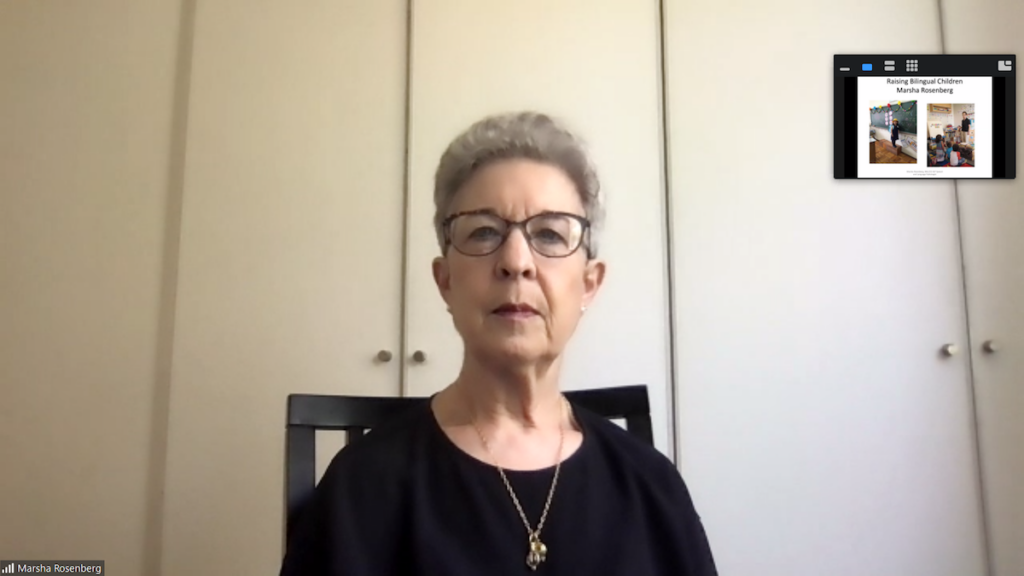
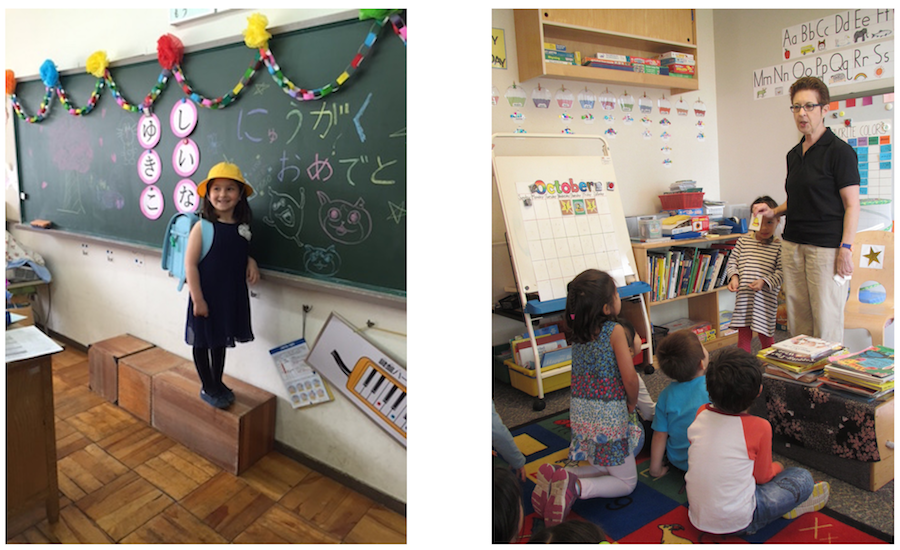











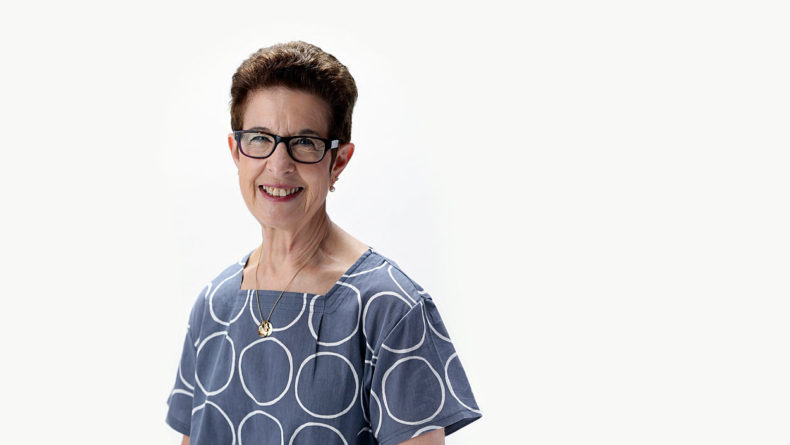
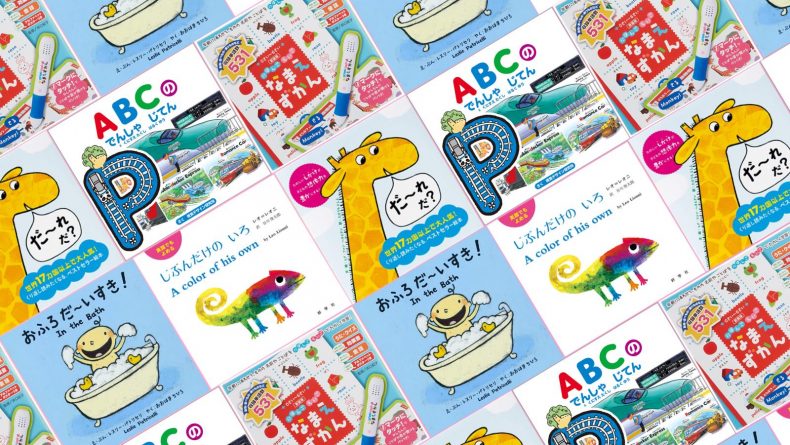

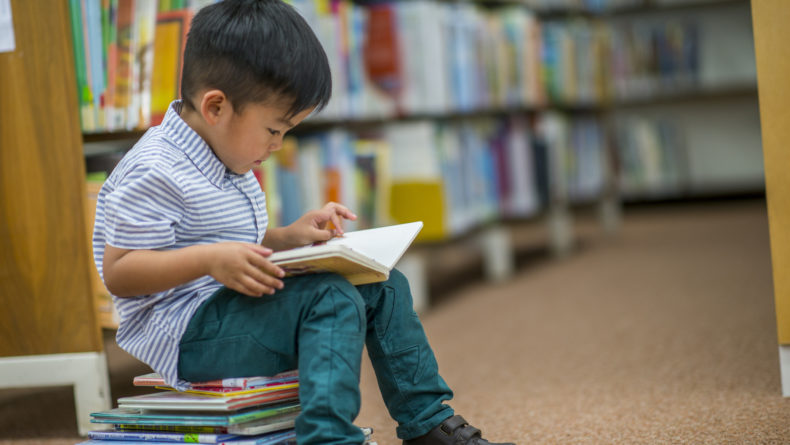
Leave a Reply